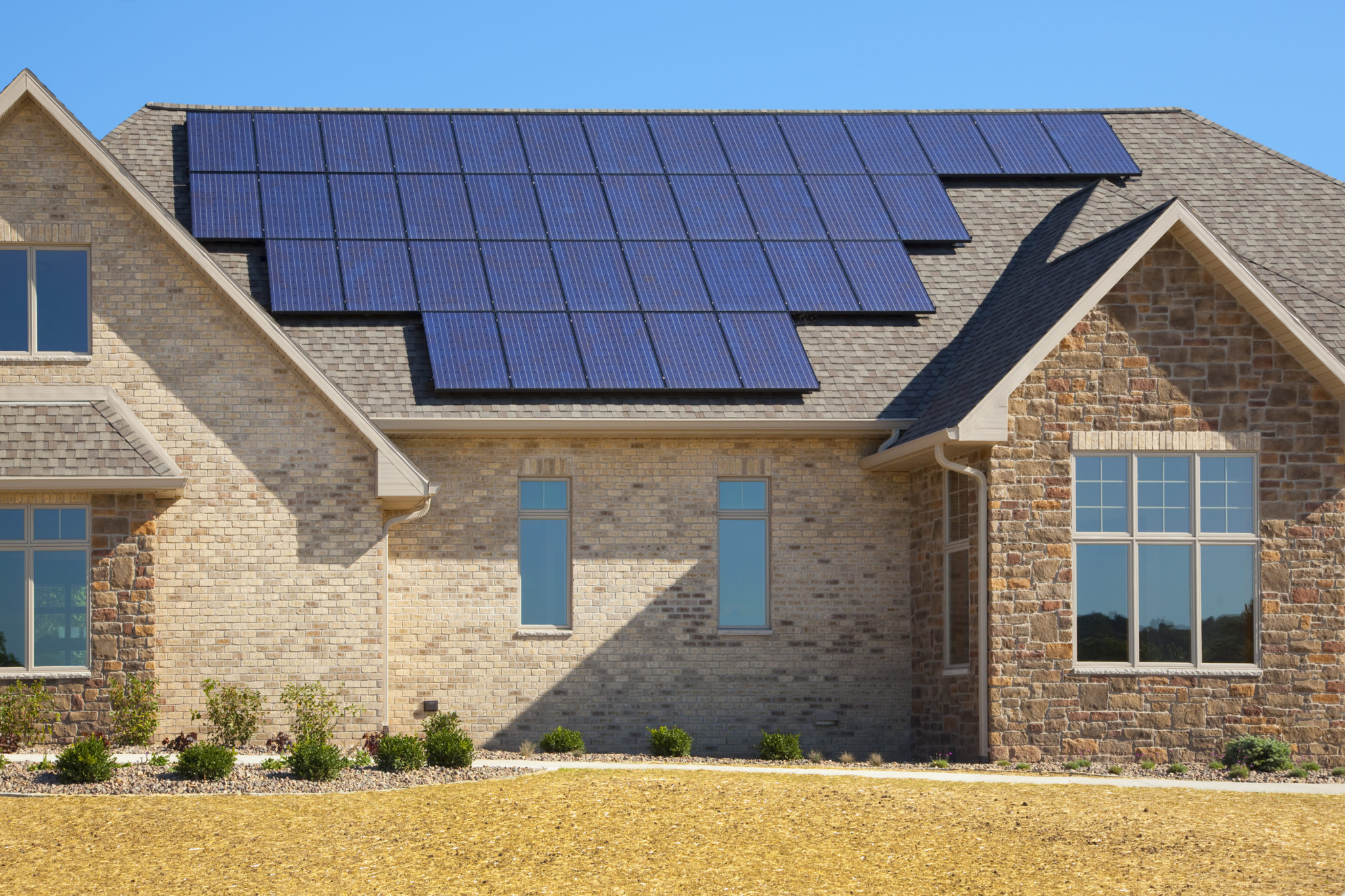What Solar Power Incentives Does Your State Offer?
Just 100 years ago the majority of people didn’t have electricity in their homes at all. The only way to electrify a home was to tie into the grid – once it finally reached your location.
Today there are still homes that are far off the grid, but owners don’t have to resort to gas lanterns. Most homes can now be powered partially or completely by solar panels. One of the biggest hurdles to going solar is the cost. The average solar panel system costs around $16,000.
Homeowners that go solar enjoy energy independence, even when they’re still tapped into the grid. They also like knowing that they are minimizing their impact on the environment. And of course, getting power from the sun is free so there can be financial benefits as well once the system is installed.
One thing that makes a solar panel system more cost-effective is state incentives. These are special rebates and tax credits that offset the cost of installing a solar panel system. Some state governments offer solar power incentives to encourage more homeowners to make the switch. Doing so helps state governments lower emissions and reduces strain on electric grids that are often pushed to their limits.
However, not all states have solar power incentives. Here’s how to find out if your state has solar power incentives like rebates, tax credits and tax exemptions.
States That Have Solar Power Incentives
We’ll go ahead and save you some time by listing out the states that currently have solar power incentives in the form of rebates, tax exemptions, tax deductions and tax credits. Keep in mind, more states could make incentives available so always check even if your state isn’t on the list.
Arizona
California
Colorado
Connecticut
Florida
Hawaii
Idaho
Illinois
Iowa
Kansas
Louisiana
Maine
Massachusetts
Maryland
Michigan
Minnesota
Montana
Nevada
New Hampshire
New Jersey
New Mexico
New York
North Carolina
North Dakota
Ohio
Oklahoma
Oregon
Pennsylvania
Rhode Island
South Carolina
South Dakota
Texas
Utah
Vermont
Washington
Wisconsin
Wyoming
One thing to look into in states that don’t offer rebates and tax incentives is solar renewable energy certificate programs (SREC), sometimes known as a Solar Renewable Energy Credit. Which allows users to enroll their solar system with the relevant state agencies, that will monitor the energy output of the system. With these certificate programs, local utilities will purchase the certificates a homeowner earns for the clean energy they produce. There are also net metering programs to lower monthly energy expenses as well as loan programs in some states that will make financing a solar project more affordable.
Property Tax Incentives & Performance-based Incentives
The property tax bill won’t increase with a solar installation because certain states and municipalities do not count solar power installations when determining the value of the home and area. Homeowners in the area are frequently encouraged by local utilities to build solar power systems. Some companies include incentives to install a solar power system, whereas others offer rebates on energy bills dependent on how much power the solar system generates. Performance-based incentives, or PBIs, are rewards that users receive based on the energy generated from the system.
Another thing to keep in mind is that some states offer rebates and tax incentives for solar-powered appliances like water heaters.
How to Find Out If Your State Offers Solar Power Incentives
There are a few different resources you can use to look up the solar power incentives that are currently being offered in your state. The #1 resource to use is Database of State Incentives for Renewables & Efficiency (DSIRE) from the N.C. Clean Energy Technology Center. They have an interactive map of the U.S. that breaks down the programs and incentives state by state. Just click on your state to see a list of the federal, local and state incentives.
Be sure to pay attention to the expiration date for solar power incentives. Some have end dates that can affect who qualifies and the timeline for installation.
Everyone Gets the Federal Solar Tax Credit
If you live in a state without solar power incentives there’s still a way to reduce the cost of a solar array. The federal government offers a separate solar tax credit. The federal solar tax credit is for any U.S. homeowner that installs a solar power system.
How long will there be solar incentives in 2022?
The Federal Solar Investment Tax Credit (ITC) will be available until 2024. However, the tax credit percentage is estimated to decrease in the upcoming years.
Solar panel systems that are installed in 2022 will be eligible for a 26% tax credit. However, systems that are installed in 2023 will receive a 22% tax credit. A tax credit helps decrease the amount of taxable income you would owe. For instance, getting a $500 federal tax credit minimizes the due tax by $500. To get the credit for either year:
The solar panel system must be owned, not leased.
The system must be for your primary or secondary residence.
The home must be located in the U.S.
They’re pretty easy requirements for most homeowners to meet, and your solar panel installers should be able to help you get everything submitted.
Solar Power Incentives From Local Utilities and Governments
Homeowners should also look into solar power incentives from their local municipalities and electric utility. Some community solar programs offer one-time rebates that can help lower the upfront cost of the solar power system. Just keep in mind that rebates from your local utility can lower your federal tax credit.
Solar Rebates
A solar panel installation may qualify homeowners and businesses upfront subsidies, from states, communities, and utilities. Solar panel cash rebates typically last for a short period of time. System installation expenses will often be reduced by 10 to 20 percent thanks to these solar rebates.
The first step to locating local solar panel incentives is the DSIRE database. In addition to state incentives, it also lists programs offered by local utilities and governments.
Verde Energy is committed to bringing solar power to more people. Across the northeast, Ohio and Washington, DC residents can get green electricity without installing a solar panel system. Our fixed-rate green energy plans are powered by 100% renewable resources. It’s the easiest way to lower your carbon footprint without having to make a large upfront investment. Check to see if Verde Energy electricity plans are available in your area.



